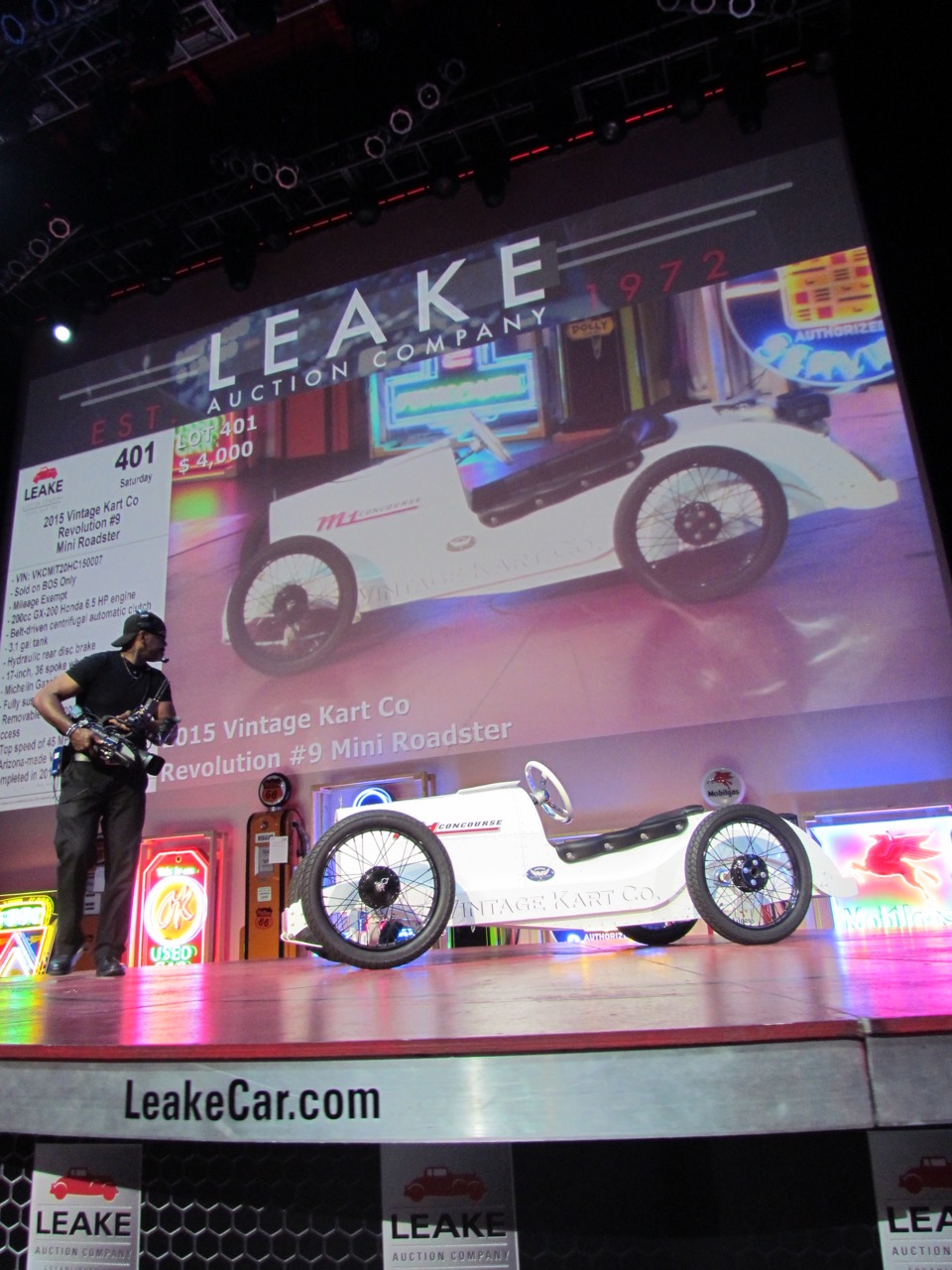
A cyclecar got its name from the fact that it was part motorcycle and part car. Like an early-era motorcycle, a cyclecar had a small, air-cooled engine and rode on skinny, cycle-style wheels and tires. Like an early-era motorcar, it had four wheels and the driver — and sometimes even a tandem-seated passenger — sat within bodywork and used a steering wheel and pedals to stop, to go and to turn.
It appears that cyclecars arrived in the United States from Europe around 1913 and enjoyed some popularity for about a decade before they were overwhelmed by larger, more comfortable and more powerful automobiles that, among other things, offered much better protection from the elements.
But from time to time a car show includes a cyclecar class, and The Henry Ford museum has a Detroit-built 1914 JB Rocket (as in James Scripps-Booth) Cyclecar on display as part of its “Driving America” exhibition. The Standard Catalog of American Cars lists dozens of cyclecar companies, from A.C. (the Autocycle Company of New Orleans) to Zip (of Davenport, Iowa). In between were the likes of Baby Moose, Bantam, Blood, Car Nation, Cricket, Cyclops, Dudly Bug, Gadabout, Imp, Lulu, Peter Pan and Spider.

And now there’s Vintage Kart, which is based in Mesa, Arizona, and has produced more than 50 of its cyclecar-inspired mini racers, two of which were offered for sale at the inaugural Leake Auction Company Motor City collector car sale, which is where I jumped at the offer to do a test drive of Vintage Kart No. 9, nicknamed the Revolution and wearing the livery of the Detroit area’s new M1 Concourse, a cardominium/test track complex built at the site of a former GM assembly plant right on famed Woodward Avenue.
My “Larry’s likes” story from the auction preview noted that the Revolution was one of my two favorite vehicles at the sale. So when ClassicCars.com marketing manager Dawn Antestenis sent me a text saying that Andrew Bracanovich of Vintatge Kart wanted to know if I wanted a closer look at the car, I called him and not only was offered a look, but a test drive.

After a brief walk around, I got into the Revolution and Andrew got into the dark red No. 4 Trampoline and off we went for a few laps around and up and down the ramps of the MotorCity casino hotel parking structure that were secured for the auction cars.
The little retro-styled cars look like a cross between a classic cyclecar, a classic Bugatti Grand Prix car. and a modern Formula Ford or Vee racer. Bracanovich said one of the motivations for the team that developed the cars was to get youngsters interested in classic cars.
“So many classic cars are ‘hands offs’ and children don’t like that,” he said, adding that the Vintage Kart team encourages children to climb inside and have a look at the cars.
Those cars are simple but sturdy and well-constructed. A 196cc Honda GX-200 engine, a compact and surprisingly quiet four-stroke that provides 6.5 horsepower that reaches the rear wheels through a Comet TAV2 constant-velocity belt-driven clutch and Peerless 100 Series differential.
Climb into the cockpit and there’s a red switch so you can shut off the engine, a steering wheel, a pedal that says — literally — GO (the letters cut into the metal pedal) and another that says STOP. Stopping is done via a hydraulic rear disc brake. With a single forward gear, there’s no need for a shifter. If you need to move the cart in reverse, it weighs only 300 pounds so you climb out and push it backward.
A 3.1-gallon tank provides enough fuel so that you could drive all day, Bracanovich said.
The wheels are Honda CT 90s wrapped with Michelin M62 Gazelle 2.75 x 17-inch tires and are skinny enough to encourage you not to overdrive in the corners.
Depending on the specific clutch setup, the carts have a top speed of 35 or 45 mph. The ones in Detroit were geared to 35 mph and that was plenty for racing around inside the parking garage and for hustling up the ramp to the second floor. And the brake worked just find when we needed to slow for a corner or at the bottom of the ramp.

Let’s see, how to put this… Those of a certain age will understand when I call this an E-ticket Disney ride. (In some ways, I felt almost like I was back in “Skippy School,” driving one of Skip Barber’s Formula Ford school cars, albeit one with less power and much skinnier tires and no pesky double-clutching shifter to mess me up.) For another generation, perhaps it’s as if a racing video game went from virtual to reality.
The Vintage Kart mini racers are produced in kit form and are available for $7,000, or you can buy one already assembled and ready to drive for $12,000.
You also can see the cars in action November 4-6 at the second Scottsdale (Arizona) Grand Prix, or at other similar venues that are in the works for 2017. See the Vintage Kart website for details.
2015 Vintage Mini Racer
Vehicle type: 1-passenger, open-wheeled retro-designed mini-racer, rear-wheel drive
Base price: $7,000 (in kit form), $12,000 assembled
Engine: 6.5 horsepower Honda GX200 Transmission: Comet TAV2 constant-velocity belt drive
Wheelbase: 61 inches Overall length/width: 44.25 inches / 100.5 inches
Curb weight: 317 pounds
Top speed: 35 mph or 45 mph (depending on transmission gearing)
Assembled in: Mesa, Arizona











Sorry, the California guys who originated classic cyclekarts group a VERY long time ago do this far better at a fraction of the price. The point is to build your own vision… which is much more fun than a checkbook toy.